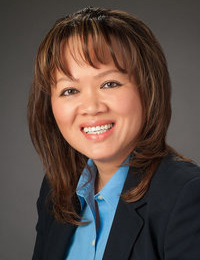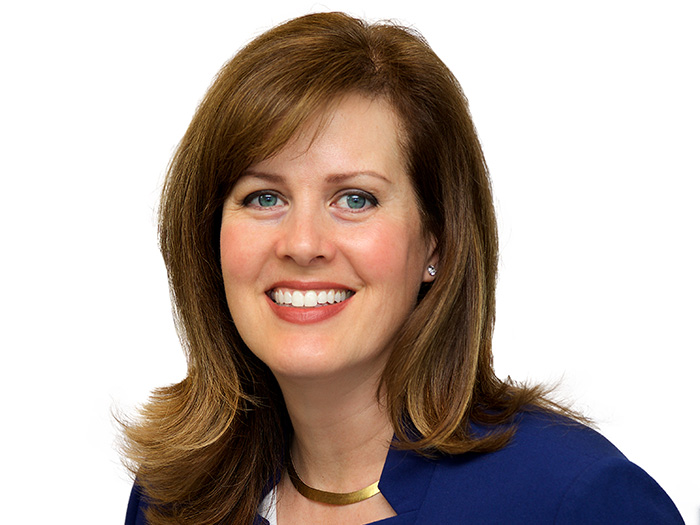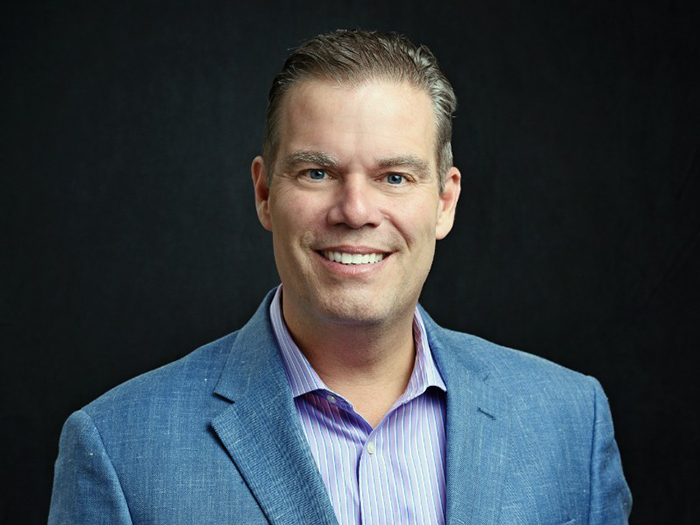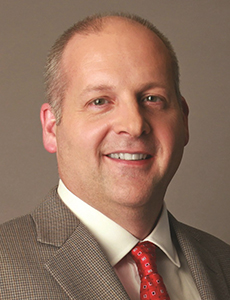Sponsored Content by Concentra
How Investing in Clinical Analytics Can Help Improve Patient Outcomes and Foster a Collaborative Approach in Workers’ Comp

Occupational health providers are always looking for ways to improve care. Today, clinical data and new predictive analytic tools are helping occupational health clinicians streamline processes, develop tailored treatment plans, and improve outcomes. These tools can drive improved care coordination, help clinicians improve their treatment skills, and even determine when specialist intervention would benefit an injured employee. This can help clinicians build positive relationships with injured employees, which can lead to improved recoveries and high levels of patient satisfaction.
What Clinical Data Can Do

Geneva Giang, Senior Vice President of Clinical Analytics, Concentra
Clinical data can be applied throughout the patient journey to help drive better care outcomes.
Analytic models can be used to review and assess patient files to determine whether an injured employee may be at risk for missing appointments. Then, clinicians, adjusters, or other stakeholders can step in and implement interventions to help the injured employee stay on their treatment path.
Machine learning models can rapidly process and audit a clinician’s notes, providing information and insights to improve documentation and practice patterns. These tools can also help detect when an injured employee might need more attention and when it might be advantageous or necessary for a specialist referral.
“Our first machine learning model gives us a heads-up when a patient is likely to cancel or miss their appointment. These predictive analytics enable us to identify trends or factors that potentially preclude an injured employee from showing up or consistently following our clinician’s recommendation. Knowing this allows us to step in and contact the patient or the employer to encourage the employee’s compliance,” said Geneva Giang, senior vice president of clinical analytics at Concentra.
“It’s a much more effective and efficient way to audit charts, to understand individual practice patterns, and to achieve optimal patient outcomes,” said John Anderson, executive vice president and chief medical officer at Concentra.
“We are training the model to understand the appropriate behavior in terms of when specialist intervention is most appropriate,” Giang added. “It’s the clinician that makes the decision. It’s not the machine.”
Using Data to Reveal Opportunities for Learning

John Anderson, Executive Vice President, Chief Medical Officer, Concentra
Analyzing a clinician’s referral patterns can reveal knowledge gaps and opportunities for learning and improving skill sets in certain areas, e.g. eye injuries, lacerations, minor fractures, etc.
“We’re able to identify individual clinicians’ practice patterns,” Anderson said. “We can then sit down with them and have a discussion. Maybe they need a refresher on orthopedics or their confidence in treating eye or other injuries. Maybe managing return to work could be improved. The data provides empirical evidence of the clinician’s practices. This information can be used by the medical director to direct a clinician to seek ongoing training and continuing medical education.
“Everyone going into medicine has committed to lifelong learning, and the information gained from machine learning can be used to focus clinicians on areas that will result in continuous improvements in the quality of care we provide to injured employees. We give our clinicians the building blocks and the motivation to take them to that next level,” Anderson said.
Why a High-Caliber Analytics Team Makes a Difference
Giang joined Concentra in 1995. Since then, Concentra has been committed to using data and evolving analytic tools such as machine learning and natural language processing to refine and advance its clinical model. The results speak for themselves. The company used these tools to improve patient care and shorten the time it takes to get injured employees back to their pre-injury levels of function.
Concentra’s data science and analytics team consists of highly skilled technological professionals and analysts who understand how to analyze and interpret data and share insights with clinicians to drive optimal clinical outcomes.
“Our team looks at information and tells a story. We work to understand both individual and group practice patterns to be able to evaluate trends,” Giang said.
How Analytics Can Foster a Collaborative Approach in Workers’ Comp
“It is our job to focus on continually evolving in response to the changing dynamic of patient behavior, but also to have a positive impact on all of our clients, be they employers, payers or the patients,” Giang said.
The company is working to digitize its data so clients can easily consume and electronically incorporate it into their systems to better understand how a care-first model can improve claims outcomes and reduce costs.
“We’re investing a great deal to digitize all of our data so that we can share it with the employer and payer directly,” Anderson said.
“When we do what’s best for the injured employee in terms of providing optimal care of their injury or illness, everybody benefits. The patient benefits, the payer benefits, the employer benefits, the community benefits, and the patient’s family benefits. Our focus is on getting the injured employee treated and restored to their previous pre-injury level of function as quickly as possible by breaking down any barriers or delays that would slow that down. Our ability to improve care and outcomes is made possible from information provided by our clinical analytics and data science team.”
To learn more, visit: https://www.concentra.com/
This article was produced by the R&I Brand Studio, a unit of the advertising department of Risk & Insurance, in collaboration with Concentra. The editorial staff of Risk & Insurance had no role in its preparation.










